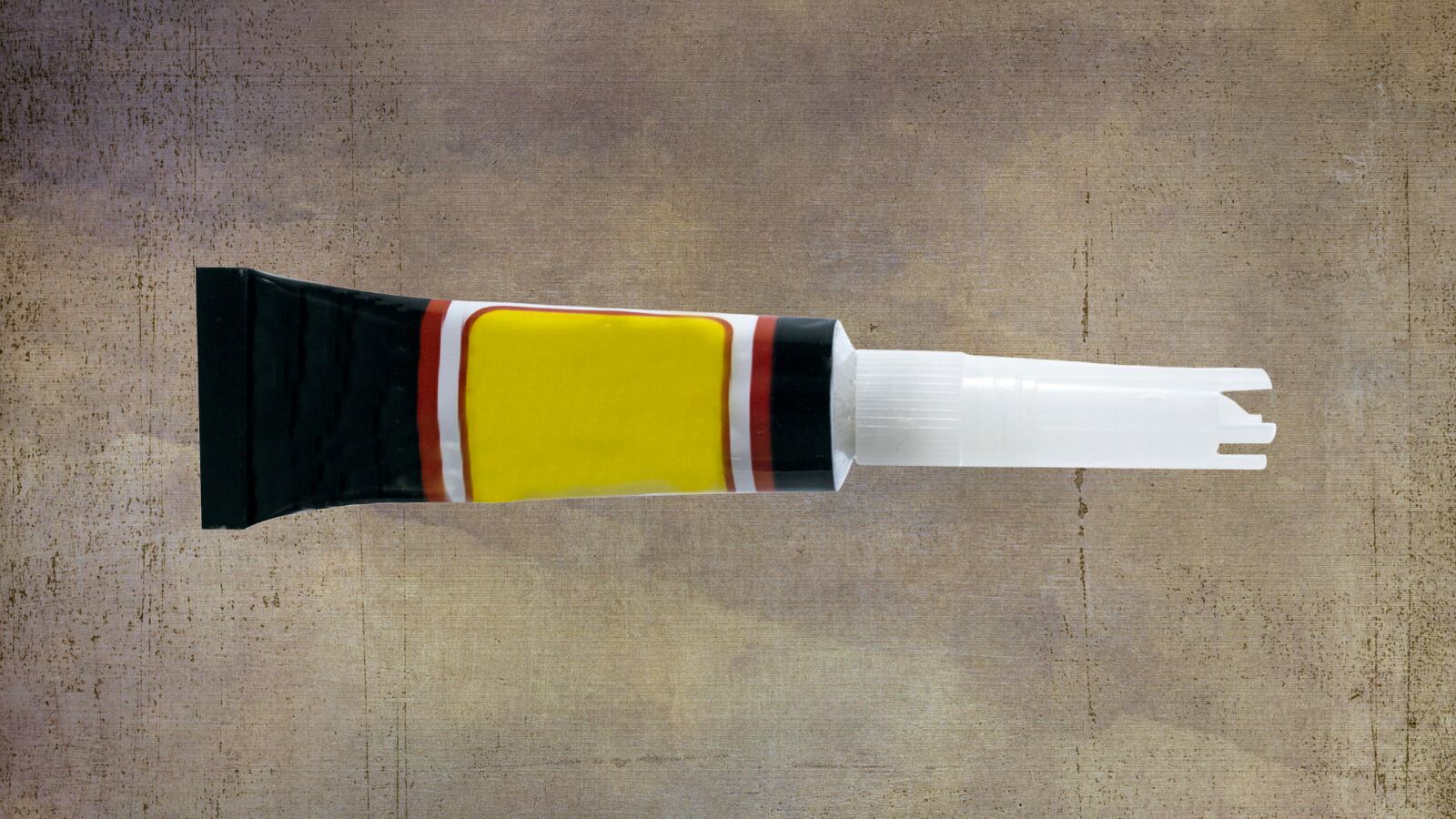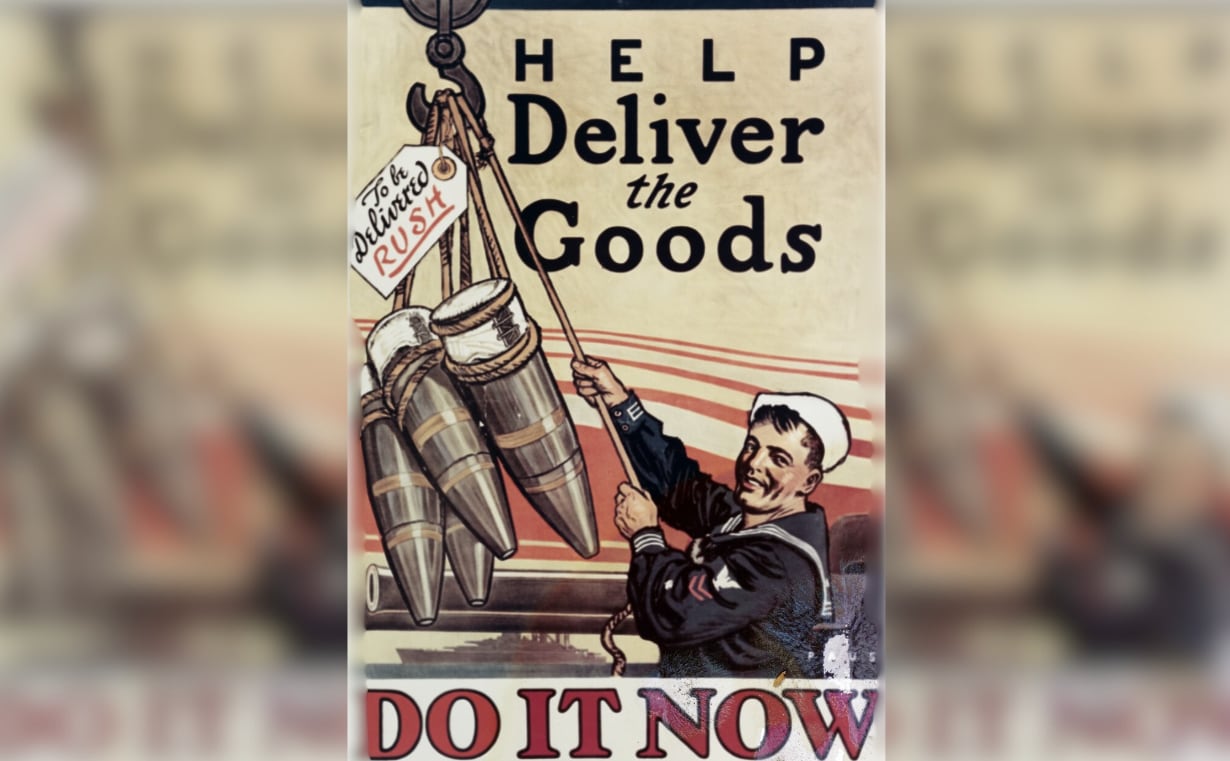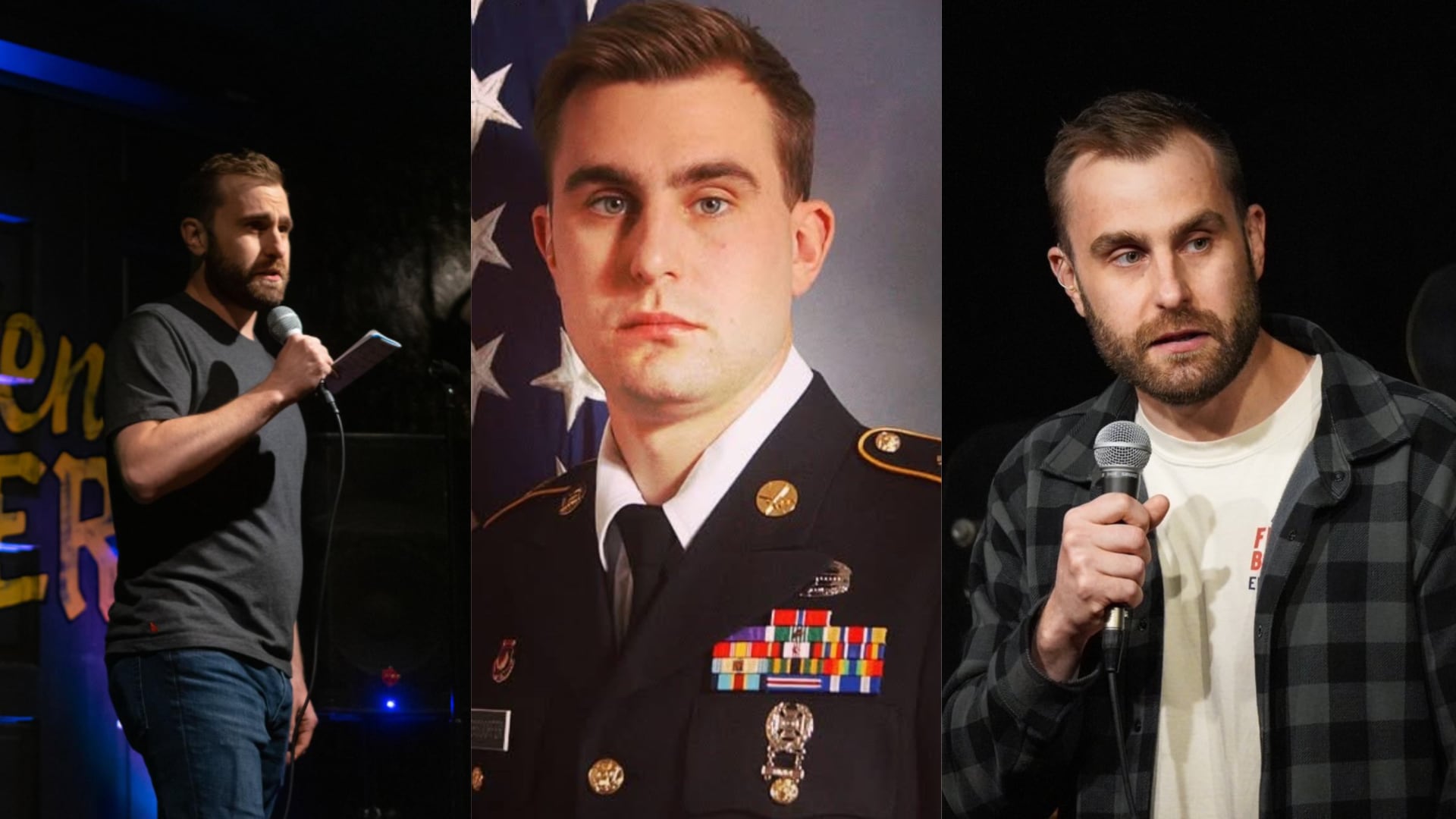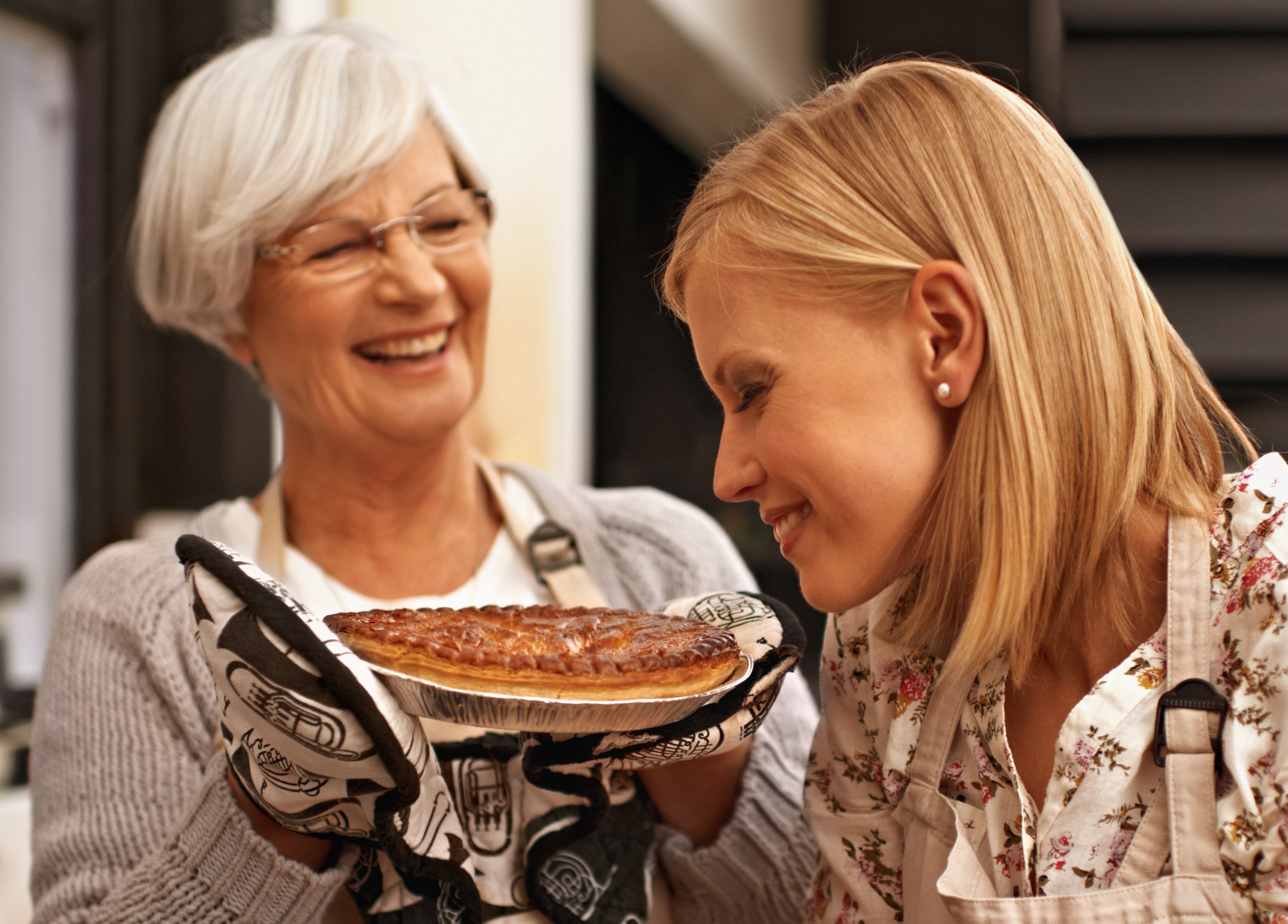Ah, super glue — the greatest-of-all-time fast-acting adhesive for all of your stuck-together needs.
Chances are, you have a tube of this in that kitchen drawer, you know, the one with all the takeout menus, rubber bands and random keys to who knows what doors (you should probably clean that out by the way), because it’s an undeniable necessity.
But before it occupied space in our junk drawers, and our hearts, it was accidentally developed for the U.S. military.
Too sticky for Army weapons
In 1942, companies across the country were looking to support the war effort, including the Eastman Kodak Company. One if its inventors, Dr. Harry Wesley Coover, accidentally created a new compound while attempting to make clear plastic gun sights for Allied soldiers.
The compound, cyanoacrylate, was incredibly durable but way too sticky to use. (Imagine getting Krazy Glue anywhere near your eye. No thanks!) So Coover and his team abandoned the substance, not wanting to get stuck, literally or figuratively, on it.
Over a decade later, Coover, who would become known as “Mr. Super Glue,” rediscovered the adhesive compound while researching heat-resistant polymers for jet canopies. Cyanoacrylate adhesives required no heat or pressure to stick items together and hold them permanently. Thus, in 1956, the patent for “Alcohol-Catalyzed Cyanoacrylate Adhesive Compositions/Superglue” was born. How’s that for a name?
Coover and the Eastman team took the patent and repackaged it for commercial sale as “Eastman 910″ – which was later changed to “Super Glue.” This name stuck and still is used for a number of similarly adhesive products today.
A savior for soldiers in sticky situations
Even though the glue was discovered during World War II, military doctors during the Vietnam War capitalized on the product’s adhesive properties to save lives.
Many soldiers suffered injuries off-base, often bleeding out before getting proper care. Thanks to Coover’s invention, medics were able to spray super glue directly on skin to stop bleeding until the patient could make it to a hospital for treatment.
“This was very powerful. That’s something I’m very proud of – the number of lives that were saved,” Coover said in an interview with the Kingsport Times-News.
At this time, the chemical was not yet approved by the Food and Drug Administration because it had the potential to cause skin irritation. A derivative from the same chemical (2-octyl-cyanoacrylate) was approved in 1998 and functioned as a liquid bandage. Marketed under the names Dermabond and Traumaseal, these products pose less danger of irritation and bacterial infection and are available for civilian use.
So the next time you break your mom’s favorite vase and need to glue it back together, give thanks to Mr. Super Glue for finding something that was too sticky for the Army to use.
Caitlin O'Brien is a digital intern with Military Times. She started in January 2021. Caitlin attends Hofstra University where she is a double major in journalism and political science.
In Other News














